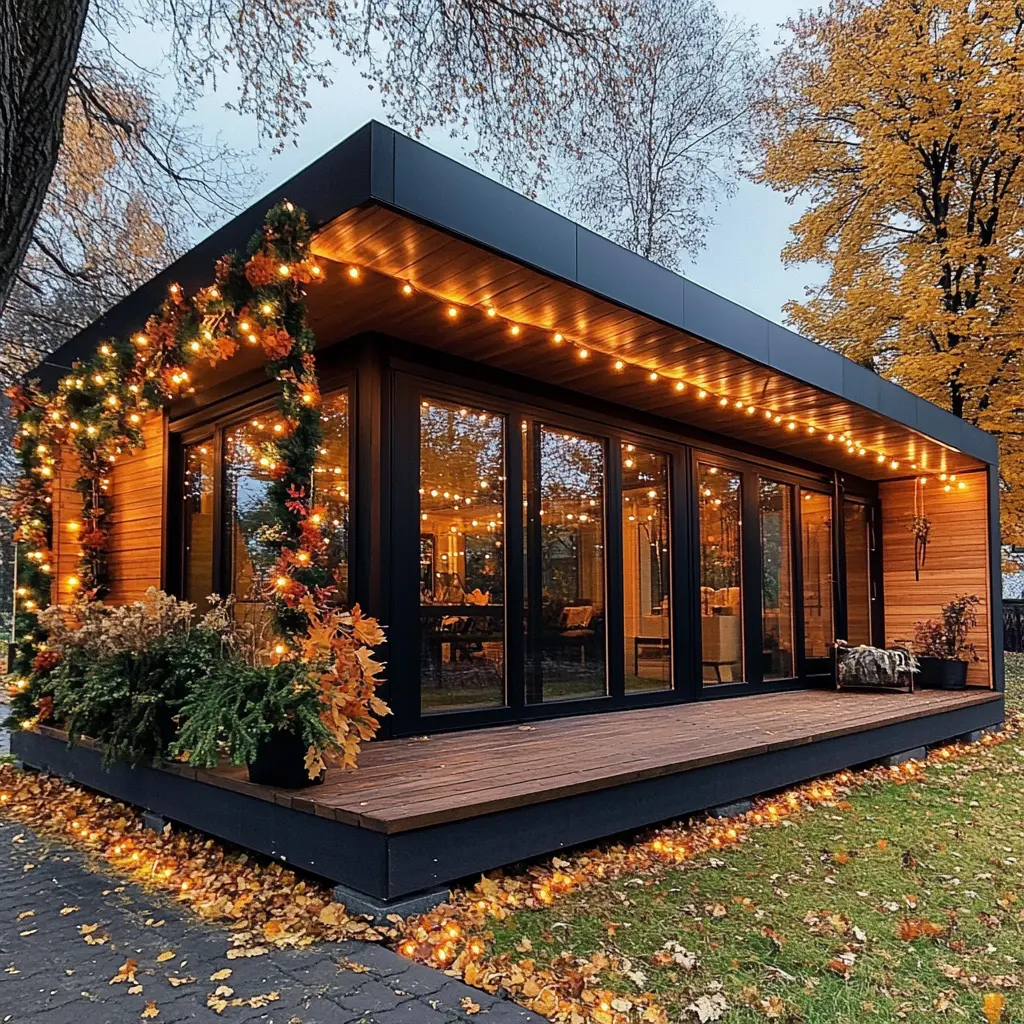
Ultimate Guide to ADU Zoning in Los Angeles: Everything You Need to Know
Accessory Dwelling Units (ADUs) are a hot topic in the world of real estate and urban planning, especially in cities like Los Angeles. With housing prices continuing to rise and a growing need for additional housing, ADU zoning offers an excellent solution for homeowners looking to expand their property and maximize its potential. However, understanding the zoning laws and regulations for ADUs in Los Angeles is crucial before you start your project.
In this guide, we’ll break down everything you need to know about ADU zoning in Los Angeles, including the requirements, benefits, and costs of building an ADU. We’ll also explore the zoning laws in different neighborhoods, so you can make the best decision for your property.
What is an ADU (Accessory Dwelling Unit)?
An Accessory Dwelling Unit (ADU), also known as a granny flat, in-law unit, or backyard cottage, is a secondary housing unit built on a property with a primary residence. ADUs can be attached or detached from the main house and can vary in size from small studio apartments to full-sized homes.
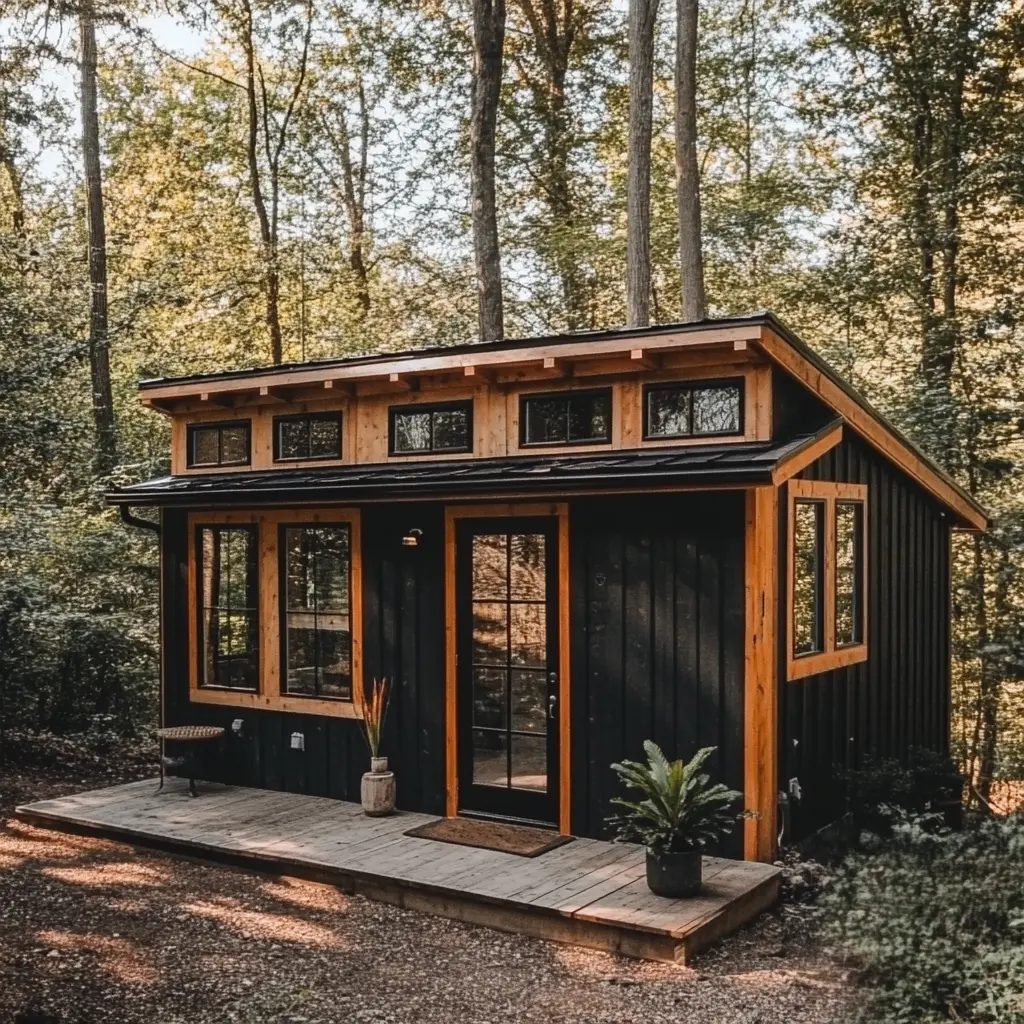
In Los Angeles, ADUs have become a popular solution to address the city’s housing crisis. They provide an affordable option for homeowners who want to create additional living space, rent out the unit for extra income, or house family members.
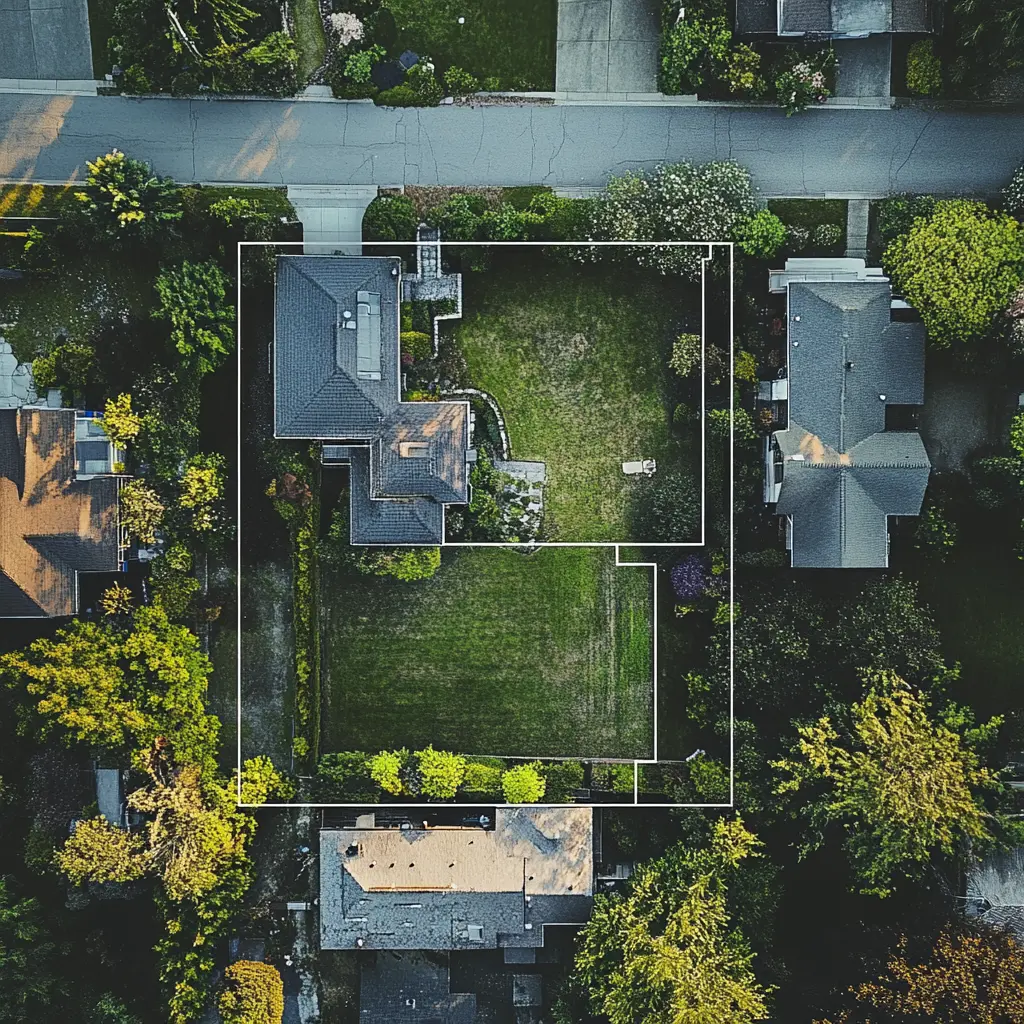
Why is ADU Zoning Important in Los Angeles?
When it comes to ADU zoning in Los Angeles, understanding the local zoning laws is essential. The city has specific rules and regulations regarding where and how you can build an ADU. These zoning laws dictate everything from the size of the unit to the setbacks, and even parking requirements.
Los Angeles has made significant efforts in recent years to make the process of building ADUs easier. In fact, in 2020, the city passed several laws to streamline the approval process, making it more affordable and less time-consuming for homeowners to build ADUs.
However, there are still restrictions depending on your property’s zone and location. Let’s dive into what those zoning laws entail and how you can determine whether your property qualifies for an ADU.
Key Requirements for ADUs in Los Angeles
Before building an ADU in Los Angeles, make sure your property meets the following basic requirements:
- Lot Size: Your property must meet the minimum lot size requirements. Typically, ADUs are allowed on lots with a minimum size of 2,000 square feet.
- Zoning: Your property must be located in a zone that allows for ADUs. In Los Angeles, residential zoning districts (R1, R2, etc.) typically allow ADUs. However, specific zoning restrictions may apply depending on your neighborhood.
- Setbacks: Setback requirements for ADUs are less stringent than for primary dwellings. For example, detached ADUs may be built as close as 4 feet from the property line in some cases.
- Parking: Los Angeles has relaxed parking requirements for ADUs, particularly if the property is located near public transit or within certain areas.
- Height and Size: The size of your ADU will depend on the lot size, but most ADUs are allowed to be up to 1,200 square feet. The height limit for detached units is typically 16 feet.
How to Determine if Your Property Meets ADU Zoning Laws in Los Angeles
You might be wondering if your property qualifies for an ADU. Here’s how to find out:
- Check Your Zoning: You can check your property’s zoning through the Los Angeles Department of City Planning’s website or by contacting a local zoning expert. This will tell you whether your lot is in a residential zone that permits ADUs.
- Consult with an Architect: A licensed architect or contractor specializing in ADUs in Los Angeles can help you navigate the zoning laws, permitting process, and ensure your design complies with city regulations.
- Check for Specific Neighborhood Restrictions: Some areas of Los Angeles have specific regulations or restrictions regarding ADU zoning. For example, historic districts may have stricter guidelines to preserve the area’s architectural integrity.
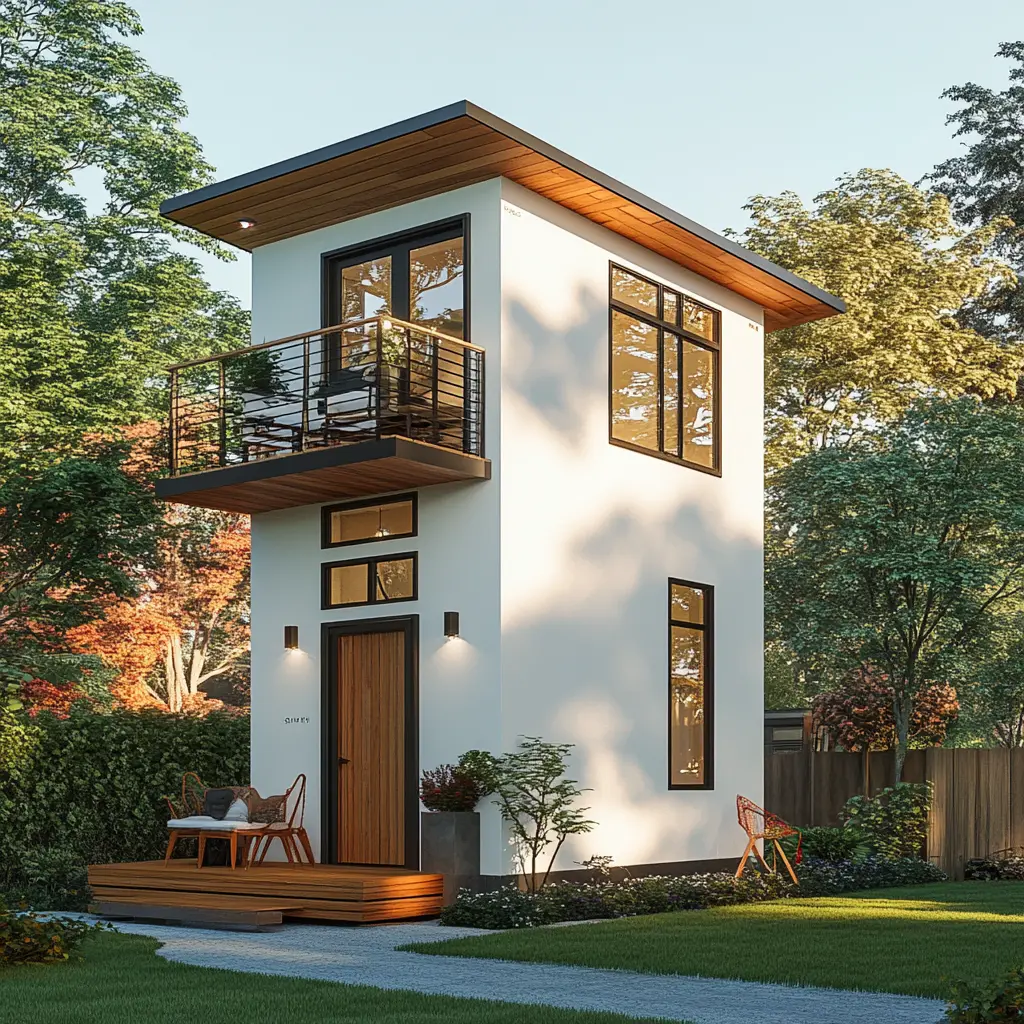
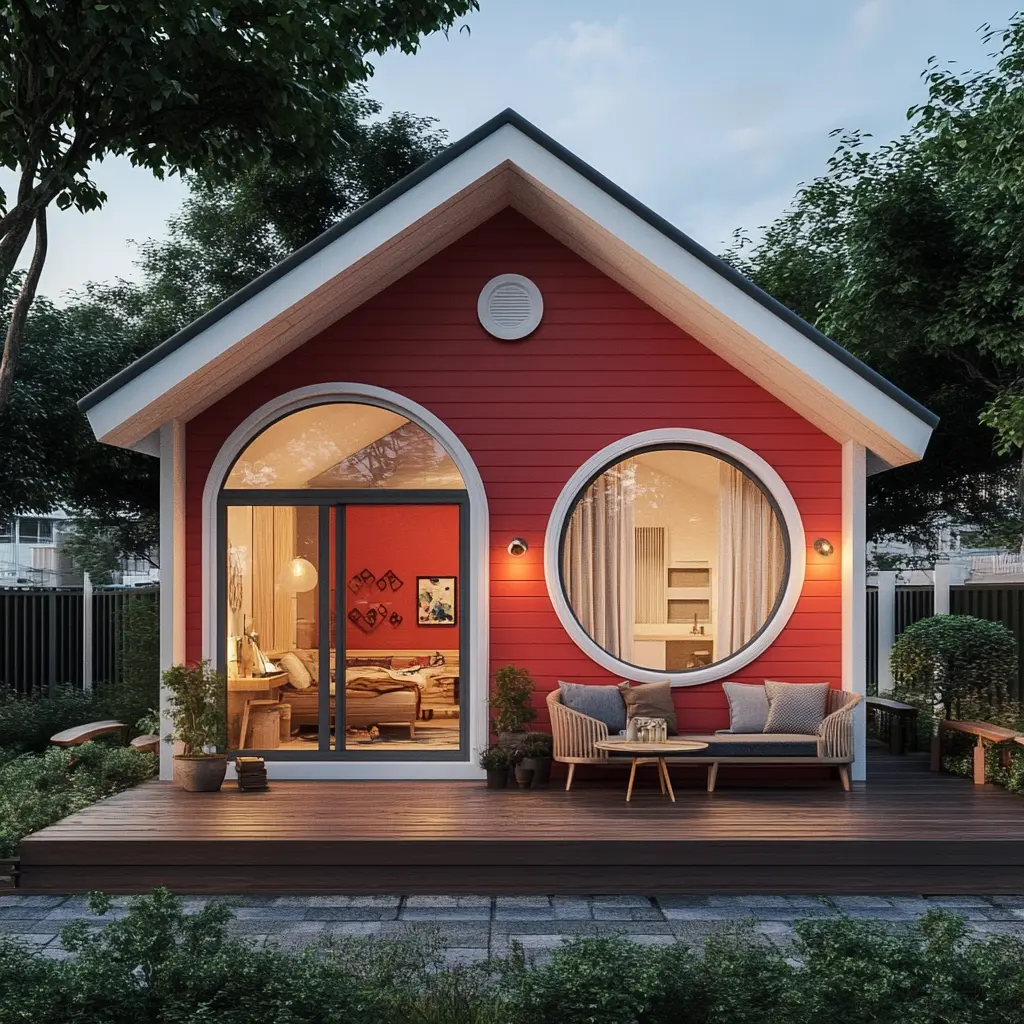
Explore ADU Zoning in Los Angeles: Your Guide to Success!
Confused about ADU zoning laws? We’re here to help! Reach out today for expert advice and a smooth process from start to finish.
ADU Zoning by Neighborhood: A Comparison
Here’s a quick look at how ADU zoning laws vary across different neighborhoods in Los Angeles:
| Neighborhood | Zoning Type | Setback Requirements | Maximum ADU Size | Parking Requirement |
|---|---|---|---|---|
| Downtown LA | R1, R2 | 4 feet from property line | 1,200 square feet | No parking required |
| West LA | R1, R2 | 4 feet from property line | 1,200 square feet | 1 space (if no transit) |
| Venice | R1 | 4 feet from property line | 1,200 square feet | No parking required |
| Hollywood Hills | R1, R2 | 5 feet from property line | 1,000 square feet | 1 space (if no transit) |
| South LA | R1, R2 | 4 feet from property line | 1,200 square feet | No parking required |
R1: Single-family residential zones, allowing one home per lot.
R2: Two-family residential zones, allowing duplexes or two homes on one lot.
Cost of Building an ADU in Los Angeles
The cost of building an ADU in Los Angeles can vary widely depending on factors like size, design, and the location of your property. On average, homeowners can expect to spend anywhere from $150,000 to $300,000 to build an ADU.
Here’s a rough breakdown of the costs:
| Cost Category | Estimated Cost |
|---|---|
| Design & Planning | $10,000 – $30,000 |
| Construction | $120,000 – $250,000 |
| Permits & Fees | $2,000 – $5,000 |
| Landscaping | $5,000 – $10,000 |
| Utilities/Connections | $10,000 – $20,000 |
While these costs may seem high, the return on investment can be significant, especially if you choose to rent out your ADU or use it as extra space for family members.
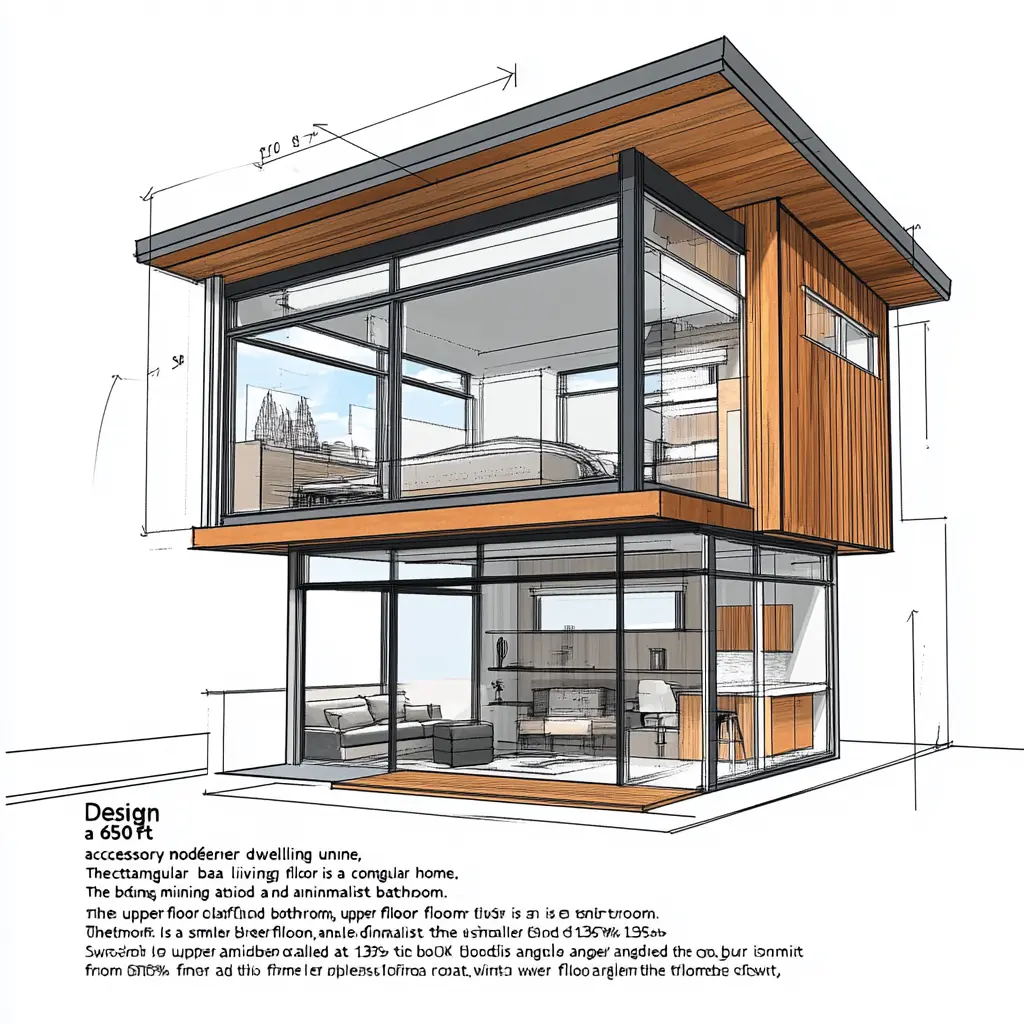
Benefits of Building an ADU
There are numerous benefits to adding an ADU to your property, including:
- Increased Property Value: Building an ADU can raise your property’s value, making it a great investment for homeowners in Los Angeles.
- Rental Income: ADUs provide an opportunity for extra income by renting out the unit, especially in high-demand neighborhoods like Venice and Hollywood Hills.
- Affordable Housing Solution: As housing prices in Los Angeles continue to rise, ADUs offer an affordable alternative for those looking to add space to their property.
- Multigenerational Living: ADUs allow families to live close to each other while maintaining privacy, making it ideal for multigenerational households.
Tips for a Smooth ADU Construction Process
- Start Early: Begin the permitting and design process early to avoid delays.
- Work with Professionals: Consult with local architects, contractors, and zoning experts who specialize in ADU construction.
- Be Prepared for Inspections: Your ADU will need to pass various inspections during and after construction, including electrical, plumbing, and safety inspections.
- Consider the Environment: Choose eco-friendly materials and energy-efficient designs to reduce your environmental footprint and save on utility bills.
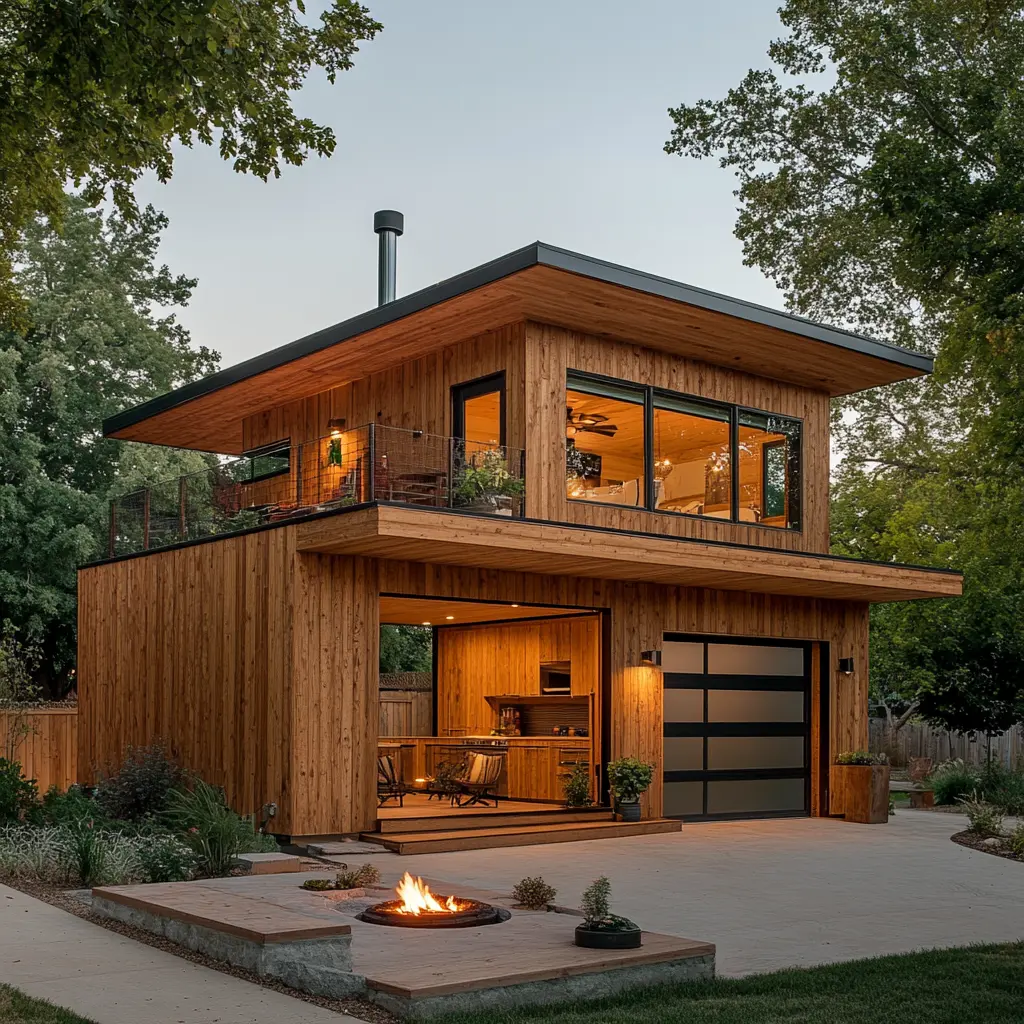
Conclusion
ADU zoning in Los Angeles can be complex, but understanding the regulations and zoning laws is essential for anyone looking to build an ADU. By following the guidelines outlined in this article, you’ll be on your way to creating a functional, profitable, and legal ADU on your property.
Ready to start your ADU project in Los Angeles? Contact a local expert today to help guide you through the zoning process and get started on your new space!
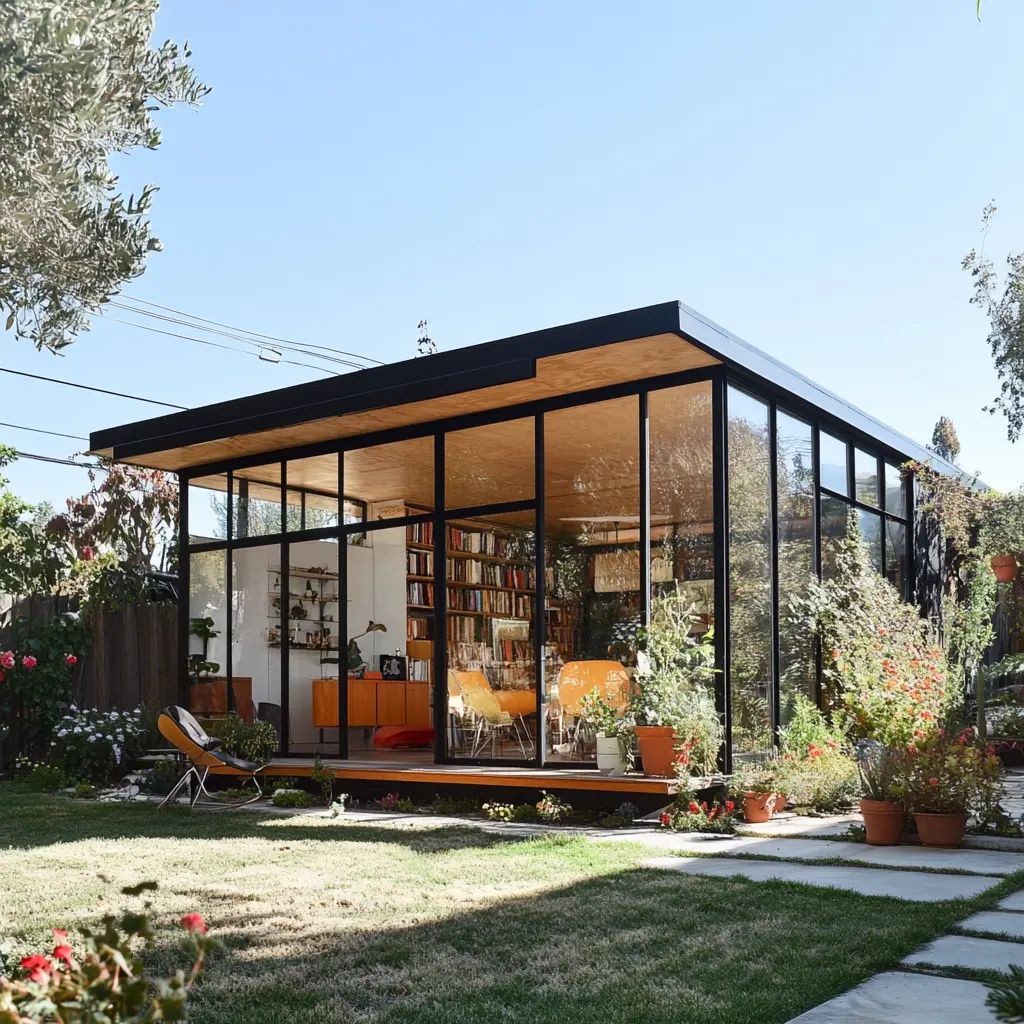
Unlock the Potential of Your Property with an ADU!
Discover how adding an Accessory Dwelling Unit (ADU) can increase your property’s value and solve housing challenges. Get in touch today for expert guidance and a free consultation.





